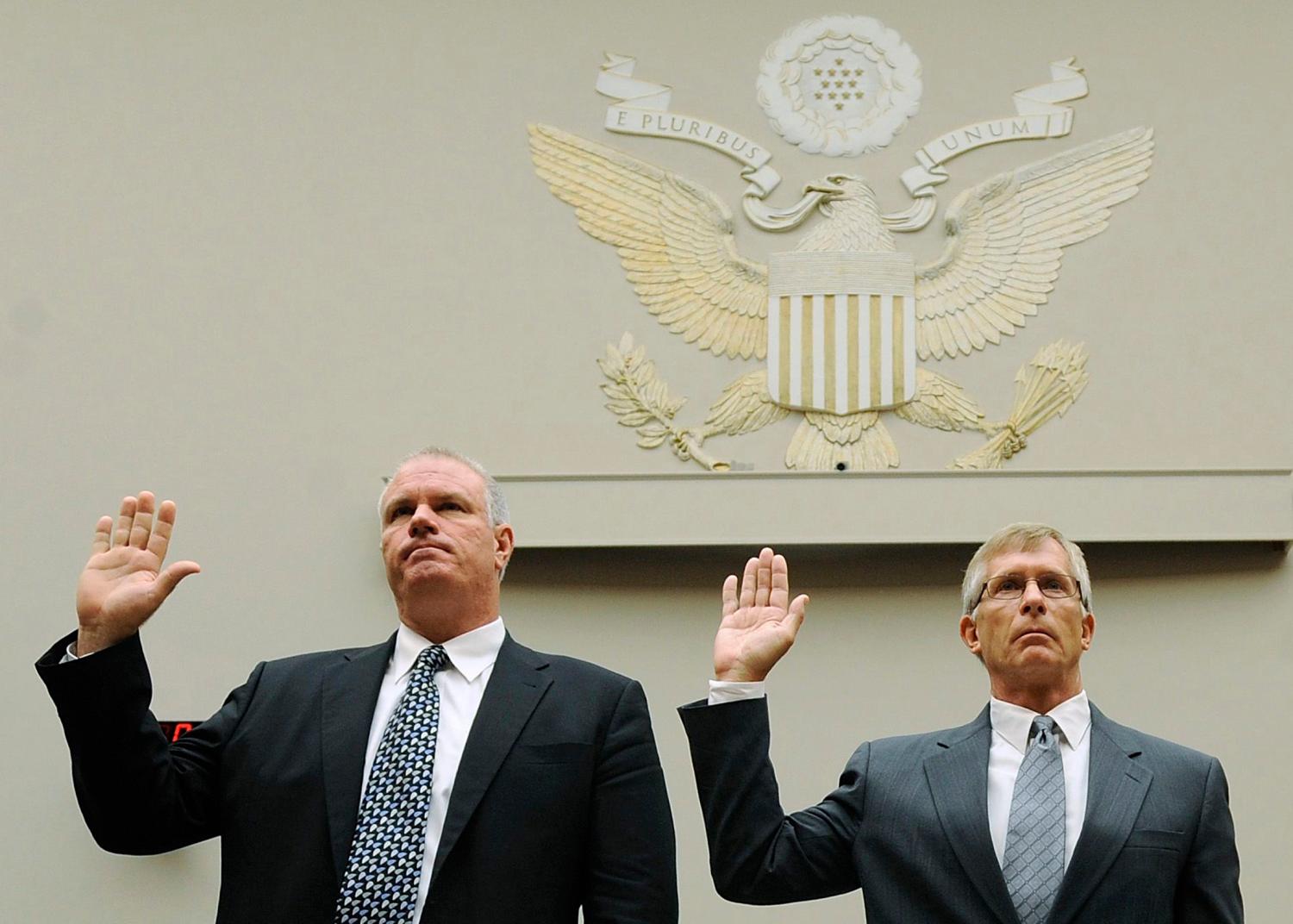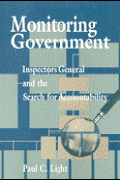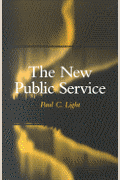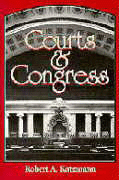Surveying the 100 most significant Congressional and presidential investigations of executive branch breakdowns between 1945 and 2012, Paul Light offers insight into those qualities that compose an “investigation done right.” Light’s research provides data into the quantity and quality of investigatory efforts in the modern era, as well as what these patterns reveal about what investigators can do to increase the odds that their work will pay off in improved government performance and more effective public policy.
Based on the more than seven years of research that led to the book from which he drew this paper, Government By Investigation: Congress, Presidents, and the Search for Answers, 1945-2012 (2014), Light argues that divided government is not the enemy of investigations done right, nor is it the primary source of investigations done wrong. Nor is it a guarantee of an investigation without durability and impact.
Light asserts that there are more important predictors of how investigations are done and whether they have impact.
- The quantity of big-ticket investigations increased over time. According to the list, Congress and the president launched fewer investigations before President Nixon’s resignation than after (42 versus 58). Remove blue-ribbon commissions from the list, and the before/after margin falls to just two investigations (36 versus 38).However, removing the commissions obscures their rise as potent venues for historically significant investigations, Light observes. Congress and presidents still use commissions to play “dodge ball” and “kick the can,” but their numbers are growing as a form of political “by-pass” surgery that sometimes works legislative miracles in fixing breakdowns.
- The quality of investigations also increased, albeit at a lower rate. Based on Light’s interpretation of the ingredients of investigations “done right,” the percentage of heavyweight investigations rose slightly from 29 percent of before Watergate to 34 percent after, while the percentage of lightweights fell from 38 percent before to 26 percent after. Moreover, Congress and the president not only produced more investigations done right after Watergate, but produced about the same percent of investigations with a great deal or fair amount of impact (41 percent to 38 percent).
These patterns do not suggest that the quantity and quality of investigations will remain unchallenged in the future, however, especially as the House continues its steady march to the right and continues the perp walks that were so familiar in the recent General Services Administration, Secret Service, and IRS investigations, Light says. Despite recent investigations gone wrong, Light’s list of important past government investigations provides at least some hope that Congress and the president can still conduct significant inquiries when confronted by great breakdowns such as 9/11, Hurricane Katrina, negligent treatment of wounded warriors, the 2008 financial meltdown, and the Gulf oil spill.
The Brookings Institution is committed to quality, independence, and impact.
We are supported by a diverse array of funders. In line with our values and policies, each Brookings publication represents the sole views of its author(s).









